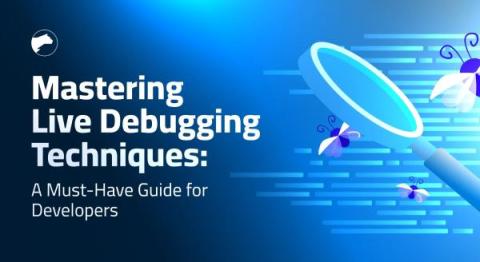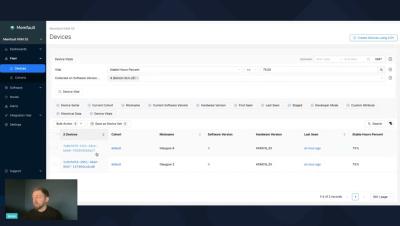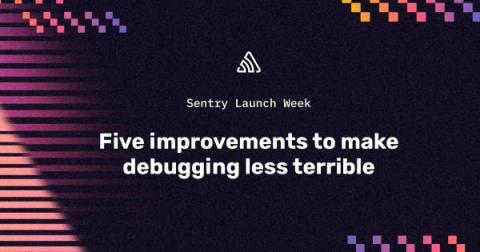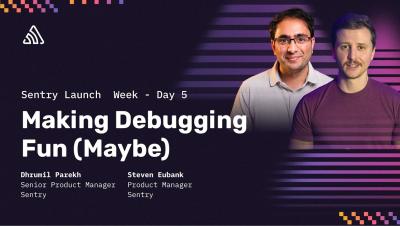Standout Exhibits at Embedded World 2024
Earlier this month, I had the pleasure of traveling to Nuremberg, Germany to attend Embedded World. If you have not heard about it before, Embedded World1 is the largest trade show in the embedded systems industry. This year, over 35,000 people attended and 1,100 businesses exhibited at the Nuremberg Messe.








